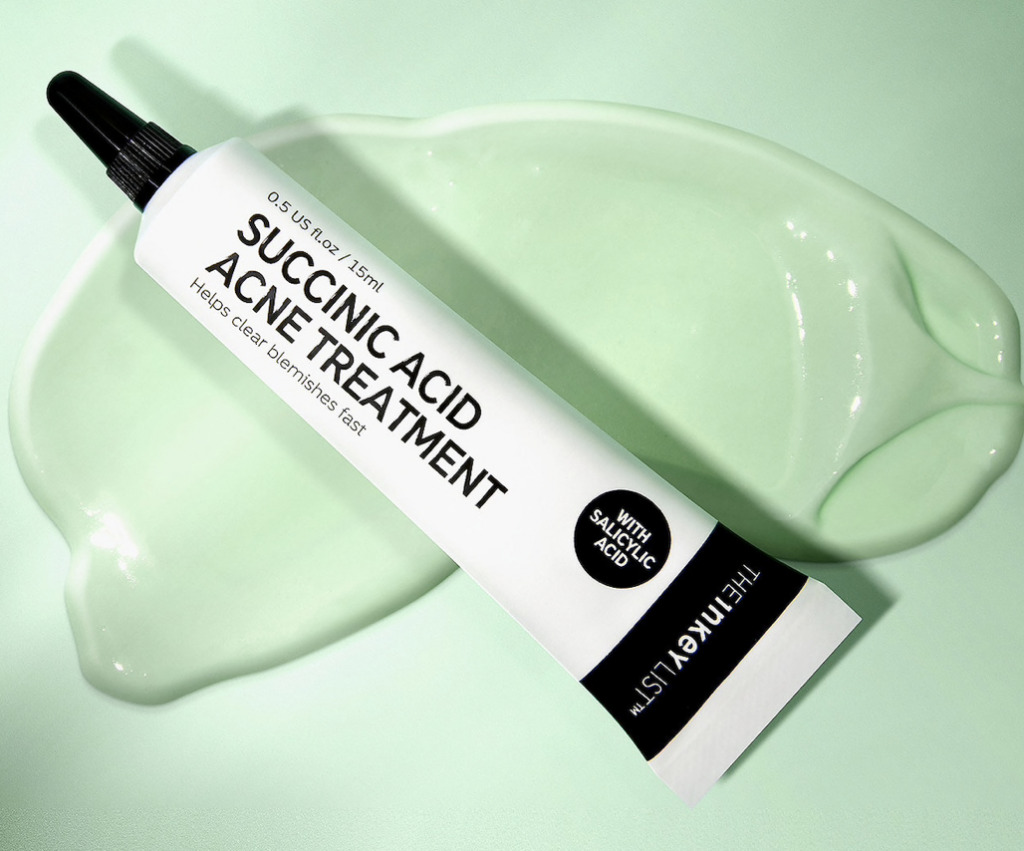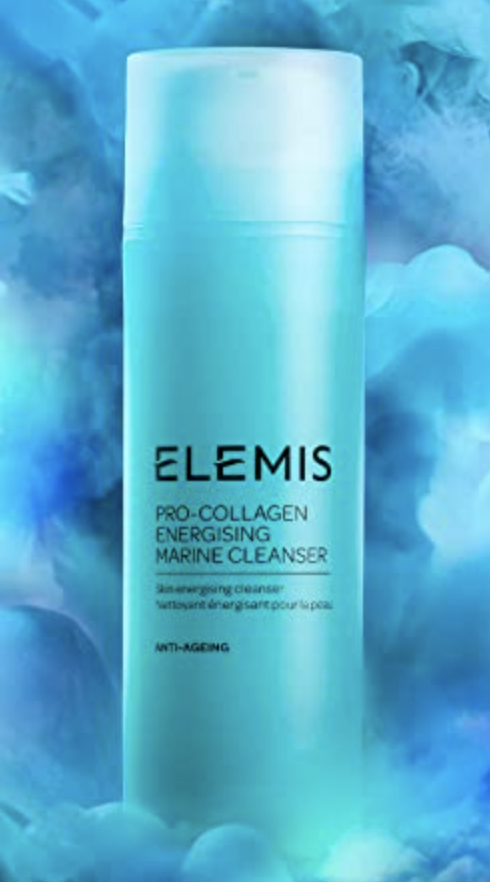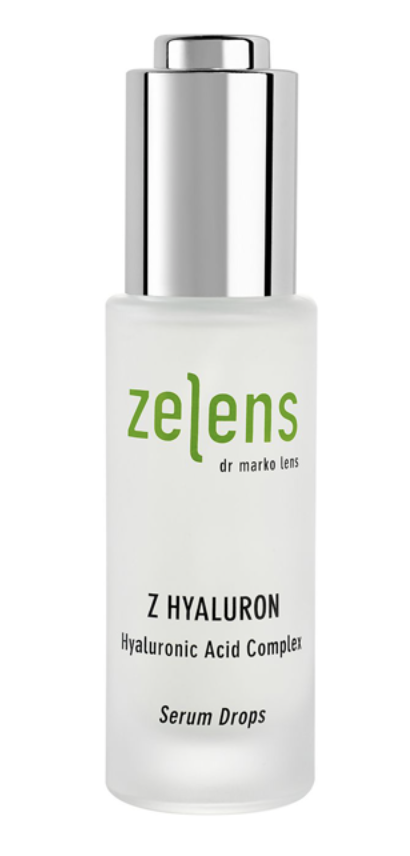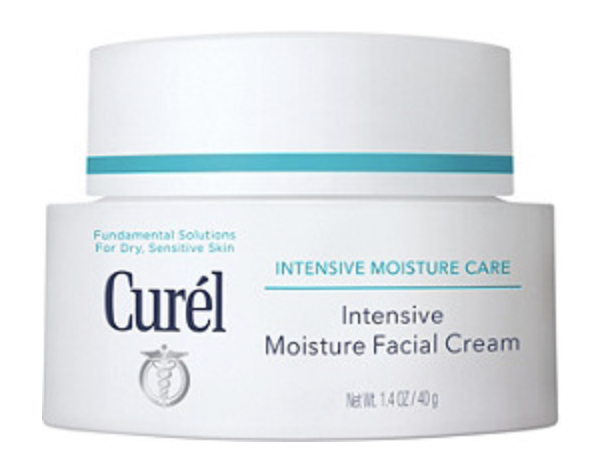Featured Image Source
My favorite thing to do is research new health and beauty trends. I explored the benefits of sole water, and the skin savior that is cactus water. The newest buzzword I’m hearing: succinic acid.
Fans of succinic acid claim that there are plenty of benefits, such as scar treatment and anti-aging properties. But is it really all it’s hyped up to be? I’m here to bring you the scoop.

What is Succinic Acid?
Succinic acid has actually been around for awhile — it’s just now receiving attention as it becomes more of a mainstream, buzzy ingredient. In an interview with Byrdie, Gretchen Frieling (a triple board-certified dermatopathologist) explained that it’s “an antimicrobial compound derived from amber or sugar cane, but it is also naturally found in plant and animal tissues.” But it’s not just popular because the beauty industry picked up on it and promoted it: it actually does what it claims.
The Benefits of Succinic Acid
Similar to, but gentler than, salicylic acid, succinic acid is anti-inflammatory and antimicrobial. It’s good for skin hydration and wound healing, and it has anti-aging effects as well. Bacteria? Consider it gone. Removal of excess sebum? Yep. Locked-in, adequate hydration? It’s got you covered.
The hydration, in part, is due to succinic acid’s lipids, which mimic our own. These lipids are conditioning, and their hydration can be even more effective when used with hyaluronic acid. Hyaluronic acid is a smooth substance that we produce that keeps tissues lubricated, encouraging supple skin and faster healing. The two together are extremely nourishing, and, according to the Journal of Clinical & Experimental Research, both together “form a film on the skin, reducing the risk of infection.”
Another big plus: succinic acid helps to fight acne. And not just your typical blackheads — I’m talking deep, cystic acne that won’t seem to budge with your daily alcohol pads. It’s also useful for eczema and psoriasis, and it can rid the underlying pain of these conditions while promoting the healing of visible wounds.
We did our research to find the best products with succinic acid in them. Check them out here:
The INKEY List Succinic Acid Acne Treatment
The OG product that brought succinic acid and its skin benefits to the forefront. Used to target acne — under makeup! — the cream is perfect to reduce inflammation, without drying skin or flaking off throughout the day.


ELEMIS Pro-Collagen Energising Marine Cleanser
The succinic acid in ELEMIS’ product works with the lactic acid to remove dead cells — minus the harsh exfoliation. At the same time, Ferulic acid (found in Açai) moisturizes, and a plethora of minerals and Padina Pavonica (a brown algae) help revitalize dull skin.
Z Hyaluron Hyaluronic Acid Complex Serum Drops
A few drops of this serum are enough to make fine lines recoil. Containing pure hyaluronic acid, the bioflavonoid stops hyaluronic acid degradation in its tracks, helping to restore skin elasticity. The succinic acid’s antimicrobial qualities also help to stop collagen deterioration.


Curél Intensive Moisture Facial Cream
Looking for that glowing skin? This facial cream, aka a second-step moisturizer in many Japanese women’s beauty regimens, protects skin from irritants. It’s the #1 skincare brand in Japan for sensitive skin; the succinic acid helps as an anti-inflammatory.

Succinic acid can help your skin, but don’t give up on your entire skincare routine just yet. Instead, combine it with your other treatments, like hyaluronic acid. Have you tried succinic acid? Let us know in the comments!
Looking For More Skincare Trends? Read These:
Could Meadowfoam Seed Oil Be Your Beauty Savior? We Have the Full Scoop
Cactus Water Will Make You Glow Brighter Than The Sun
Want Glowing Glass Skin? This 10-Step Korean Skincare Routine Is A Gift From The Heavens

